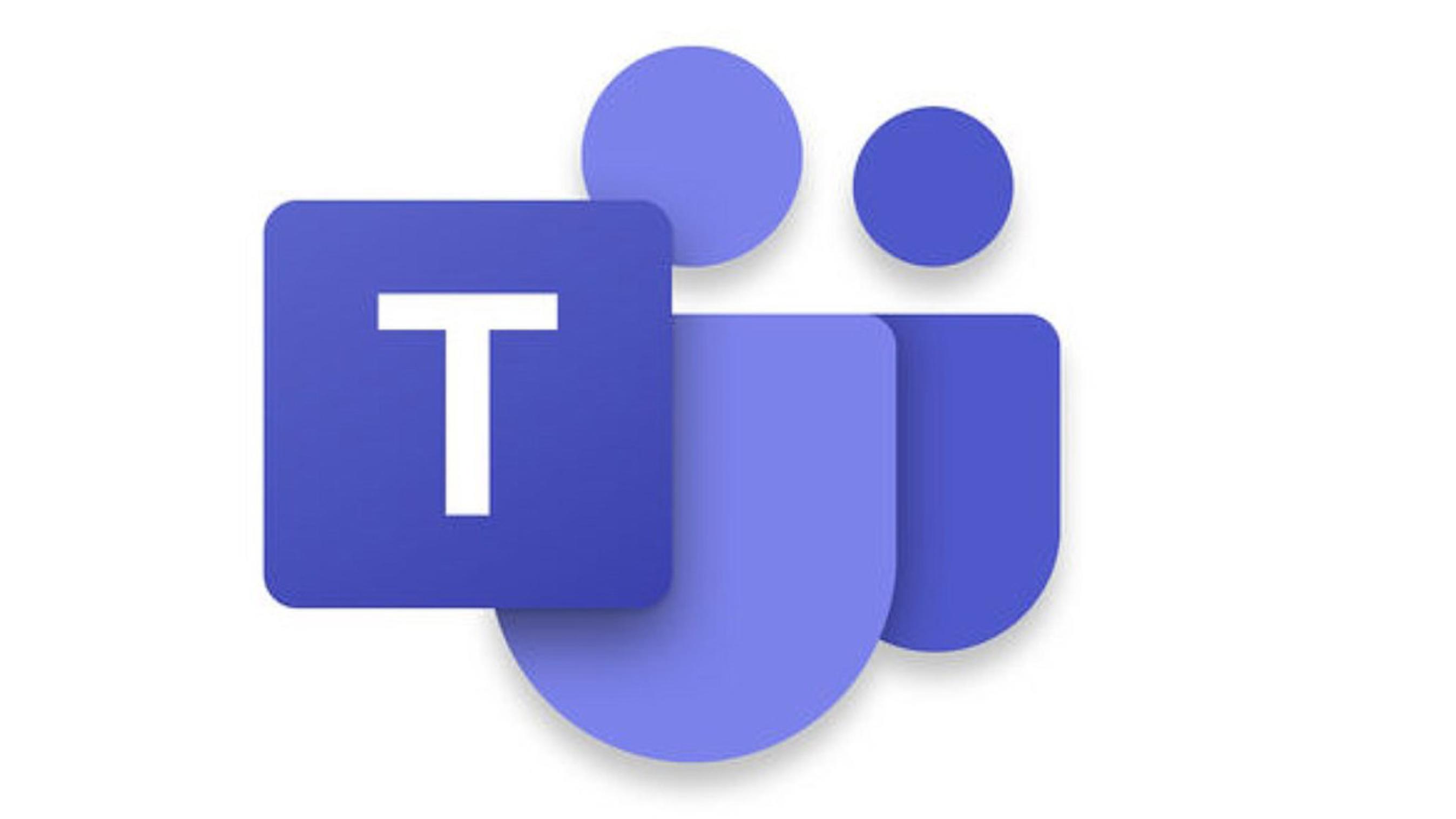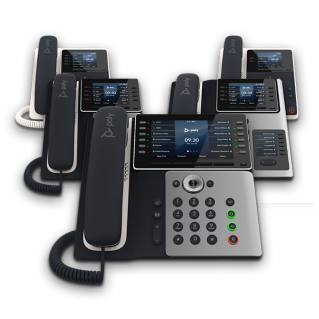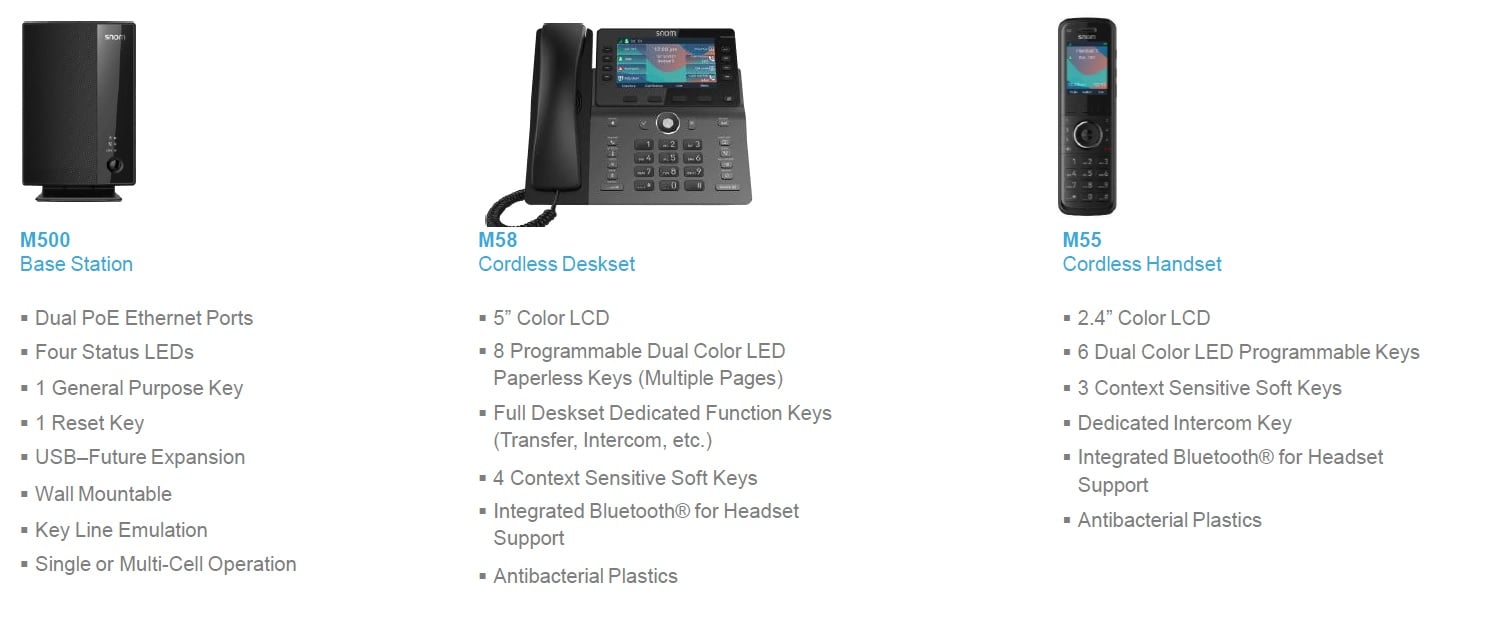
Can you visualize selling the next phone system to the schools in your local school district? Learn why BVoIP partners have had a record year for phone system deployments to schools!
Schools receive federal government funding and discounts for adopting certain technologies and VoIP (including Cloud and Hosted VoIP) appears to be a technology schools will have to adopt in order to continue leveraging their E-rate funding.
E-rate funding for PRIs and POTS lines is being phased out and schools are looking for options to migrate to SIP and IP based telephony. Summer is here and classes are out. Now is the time to demo 3CX to your customers in the education space and capitalize on the down time while students are away.
Schools typically have many classrooms and offices, almost all of which have at least one phone. In some cases, they may also need overhead paging speakers and possibly IP cameras in certain locations of the campus. But while the school has many users and extensions, their daily call volume is relatively low. Unlike a call center where you may have hundreds of calls waiting in a Queue, a K-12 school may only need an average of 3-5 calls at any given time.
Consider a local high school that may have 80 classrooms, each containing a phone. All of the teachers’ offices have a phone also. Then we have to account for the overhead paging speakers in the hallways.
In most PBX solutions available on the market today, there would be licenses or per device per month costs required for each extension and endpoint. It would be very costly to replace the school’s legacy PBX with a solution that charges per extension. Not so with BVoIP. The pricing model allows for an unlimited number of extensions and users…we only need to account for total simultaneous call volume. In a school environment, the ratio of number of calls to number of phones is very low. In our example of 100+ extensions, it would be common for this school to only need account for 8 simultaneous calls.
Granted, there are other pieces required to complete the solution including Cat5/Cat6 wiring, IP Phones, PoE switches, your labor charges etc, etc. But the cost of the PBX itself is drastically reduced by using BvoIP as compared to most any other IP PBX or Cloud PBX solution in the market.
Another added benefit is the monthly cost savings SIP trunks will provide as compared to analog and digital circuitry. Not to mention the E-Rate discounts which are being phased out.























